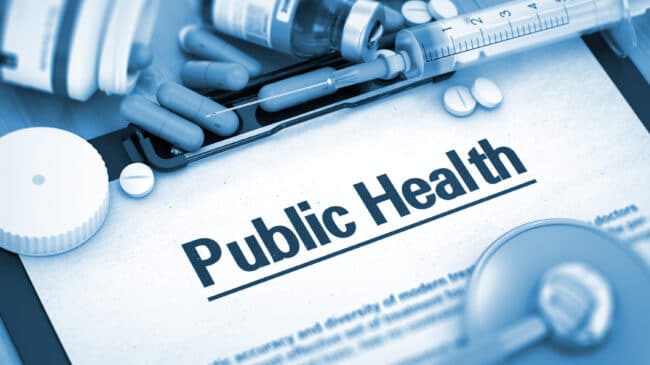SARS-Cov-2, the coronavirus at the origin of the COVID-19 pandemic, provides a good opportunity to review different models of public health. These models range from protection against epidemics of contagious diseases up to social justice. Based on different methodologies and different theories of the social world, the various meanings of public health lead to very different prescriptions for government intervention and public policy—including in a pandemic like the current one.
As Ilona Kickbusch says, “We have reached a point where we need to make a choice of what kind of model of global public health we want to promote.”
This paper addresses a double question: What are the main concepts and models of public health? To which extent do public health considerations require government intervention?
“In many respects,” says a major textbook of public health, “it is more reasonable to view public health as a movement than as a profession.”
Since a movement is based as much on ideology as on rational inquiry, understanding it requires a grasp of its ideological beliefs. This is especially true in the current emergency, where the movement and its experts claim more influence on public policy. Moreover, the foundations of public health have changed through history, especially in modern history, which provides another reason to consider its different models.
This paper addresses four models of public health.
Part 2 considers the concept of public health as an instance of what economists call public goods. The nature of public goods is reviewed as it relates to different means of protection against epidemics, including immunization when available. It can be argued that this economic approach corresponds historically to the “old public health,” as opposed to today’s “new public health,” even if the history of public health has not been linear.
Part 3 explores public health as government medical care. Public health as a public good can easily drift to this newer concept, as “public” can be taken to mean “governmental” and “health” to mean “medical care.” This part of the paper explores how public health came to be understood as government medical care at different moments of history.
In the expression “public health,” “health” can have many meanings. Depending on how expandable the term is, government health care can become very expansive, up to total government care, the model reviewed in Part 4. Of course, “total” cannot be taken literally, but it will be seen to represent an ideal for the public health movement. This drift of public health was typical of the 20th century. This part will examine how a new definition of health, as well as a new conception of “public”, led to the “new” public health.
Part 5 explores the feasibility of the opposite model of public health: voluntary cooperation. The question is: Can vaccination decisions or measures to control an epidemic be left to the domain of private choices? This part of the paper will also examine the limits of coercion, which suggest both that the total government care is infeasible (at least, in a free society) and that voluntary cooperation should be considered.
The conclusion will advance some broad policy orientations, organized around a presumption of liberty and the general goal of minimizing coercion.
Any rational public policy must deal with the questions raised by the different models of public health. By sketching an economic approach that is too often missing in discussions of public health, the paper hopes to contribute to a better understanding of the issues involved and, hopefully, to better public policy. That the label “public health” can mean, and has historically meant, many different things should always be kept in mind.
Full Policy Study—Public Health Models and Related Government Interventions: A Primer
